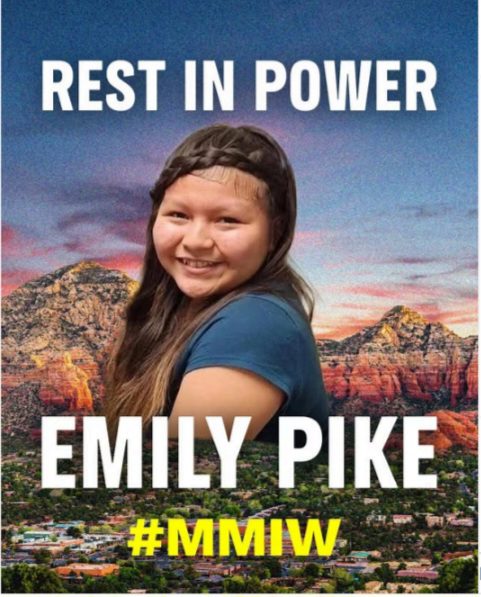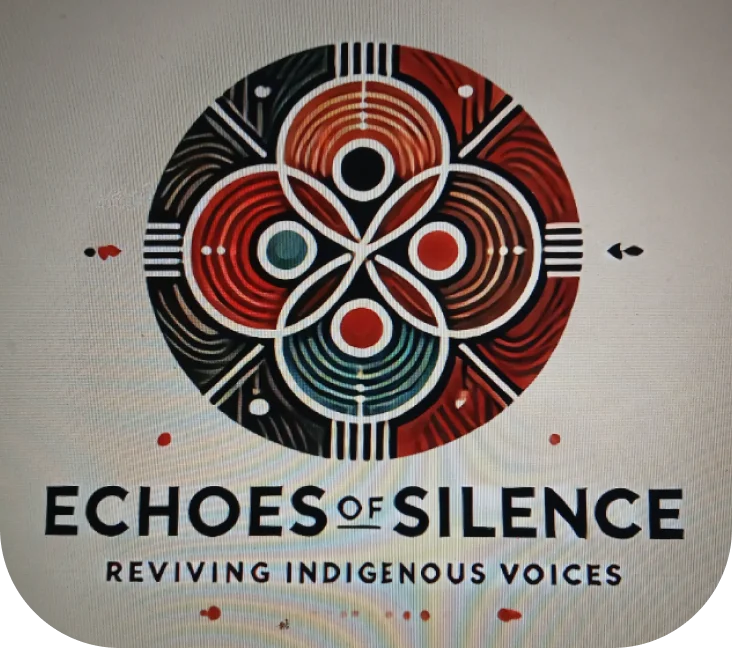When Every Minute Matters: Creating Life-Saving Alerts for Missing Indigenous Persons


The silence is deafening when an Indigenous person goes missing. While families desperately search, systems designed to protect often fail our communities. This is more than statistics—these are our sisters, mothers, daughters, and aunties vanishing without the response they deserve.
The Crisis We Cannot Ignore
Indigenous women face violence at staggering rates—10 times higher than the national average. A heartbreaking 84% will experience violence in their lifetime. Yet when they disappear, the response is tragically inadequate:
- Significant delays in law enforcement action
- Minimal media coverage compared to non-Indigenous missing persons
- Communities left to search without institutional support
Emily’s Story: When Systems Fail
Emily Pike was only 14 when she disappeared from the San Carlos Apache reservation in January 2025. Despite her age and vulnerability, no AMBER Alert cut through the silence. For 18 agonizing days, her family searched without the full force of official alert systems behind them.
On February 14, 2025, Emily was found deceased near Highway 60.
Her story isn’t unique. It’s a devastating pattern that repeats across Indian Country.
Taking Action When Minutes Count
When someone you love vanishes, every second matters. Here’s how to create effective alerts that can truly save lives:
Immediate Response Steps
Don’t wait for “official” systems to activate. Act now:
- Document everything: last location, clothing, physical description, and recent photos
- Contact law enforcement immediately—there is NO required waiting period
- Get case documentation and officer contact information
- Create your own alert if official systems won’t respond

Creating Alerts That Get Noticed
Your alert needs to cut through the noise:
- Bold “MISSING” header in high-contrast colors
- Clear, recent photo focusing on the person’s face
- Complete physical description including distinguishing features
- Exact location and time details from the last sighting
- Multiple contact options for both authorities and family
Distribution That Reaches Our Communities
Strategic distribution makes all the difference:
- Create a dedicated social media page as information central
- Contact Indigenous media outlets who understand the urgency
- Notify tribal emergency services directly
- Consider targeted social media ads in critical search areas
- Connect with Indigenous-led alert platforms like Reviving Indigenous Voices (RIV)
Indigenous-Led Solutions Making a Difference
Our communities are creating solutions when mainstream systems fail us:
- The Navajo Nation’s AMBER Alert implementation reduced response times by 60%
- Alaska Native communities combine alert systems with traditional knowledge
- Urban Indigenous community groups have developed effective search protocols
These Indigenous-led systems work because they understand our communities, honor our cultural practices, and recognize the urgency our missing relatives deserve.
Cultural Considerations That Matter
Effective alerts honor who we are:
- Incorporate tribal languages when reaching specific communities
- Respect cultural protocols regarding names and photographs
- Include tribal affiliation to aid in community recognition
- Consider sacred sites when planning searches
Beyond Alerts: Addressing Root Causes
While immediate response is critical, we must also confront the deeper issues:
- Jurisdictional barriers between law enforcement agencies
- Systemic racism within investigative processes
- Funding inequities for Indigenous community safety
- Implementation of MMIWG National Inquiry recommendations
A Call to Action
Every alert matters. Every missing person deserves to be found. Every Indigenous life is sacred.
Will you help protect our communities by sharing these crucial strategies? Support organizations developing Indigenous-led alert systems, and advocate for policy changes that address the root causes of the MMIW crisis.
If someone you love is missing right now, contact local law enforcement and tribal authorities immediately. Then use this guide to amplify your voice when systems fail to respond.
Our relatives deserve nothing less than our most determined efforts to bring them home.
